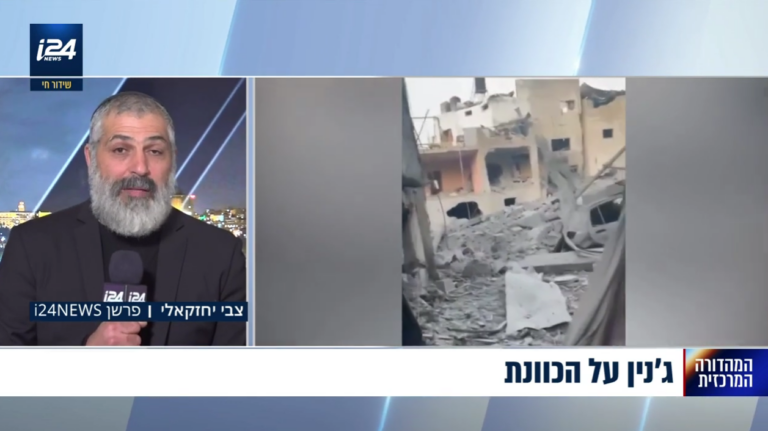Older adults should take additional precautions to preserve their health and safety during winter, according to the American Geriatric Society’s Foundation for Health in Aging.
The foundation has released a checklist of safety steps seniors can take to avoid the ill effects of colder weather.
Hypothermia, frostbite, falls, injury while shoveling snow, carbon-monoxide poisoning and driving accidents are on the list of dangers to look out for.
The foundation reminds older adults to dress for the weather. As people age, metabolisms slow and produce less body heat, but older adults may still have a hard time determining whether they are feeling the chill, says the foundation. Wearing two or three layers of loose-fitting clothing, as well as a hat, mittens, a coat, boots and a scarf to provide cover for the face are among the group’s suggestions.
Older adults should stay indoors when it’s very cold outside, especially if it is windy and wet. The foundation recommends keeping the thermostat indoors set to at least 65 degrees Fahrenheit.
Hypothermia is a condition in which the core body temperature drops to unhealthy levels. It can be fatal. The warning signs of hypothermia include: lots of shivering; cold skin that is pale or ashy; feeling very tired, confused and sleepy; feeling weak; problems walking; slowed breathing or heart rate. Unfortunately, older people do not shiver as much as they used to, so it is best to look for other warning signs, according to foundation recommendations.
Frostbite may also result from exposure to cold weather. Nose, ears, cheeks, chin, fingers and toes are all at risk. Keep an eye out for skin that is turning red or darkening and beginning to hurt. That’s a sign to go inside. When skin is already frostbitten, it is often white, ashy or yellowish and feels numb and waxy. Immediate help is needed.
Aging bones may be more at risk during the winter, when icy sidewalks increase the chance of slipping and falling. The foundation recommends seeking out dry areas to walk if possible, putting new rubber tips on any canes or walkers, and wearing boots with non-skid soles.
Older people may find themselves shoveling snow, but the foundation suggests checking in with a physician before the season starts. Shoveling is heavy work that can affect older hearts. Hiring someone to shovel the snow may be a healthier option.
Indoors, fires can create an undetectable hazard: carbon monoxide. The odorless gas can build up with fatal results, according to the foundation. Before the season starts, people should have their chimneys cleaned and checked out. Opening a window a crack for circulation is also helpful.
People who are relying on space heaters for warmth should keep them at least three feet from anything flammable, such as curtains and furniture. Make sure all smoke detectors and fire extinguishers are ready for use.
Finally, winterizing cars and stocking them for bad weather can help reduce the risk of accidents. Emergency supplies inside the car should include a first-aid kit, blankets, extra warm clothes, a windshield scraper, rock salt, a bag of sand or cat litter, a shovel, booster cables, a flashlight and some water and food. Above all, drive carefully and slowly, after checking the weather reports, the foundation says.
(Source: NHIC)











One Response
And check in with your parents/grandparents often.